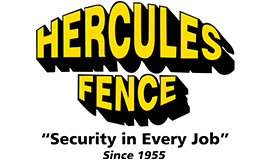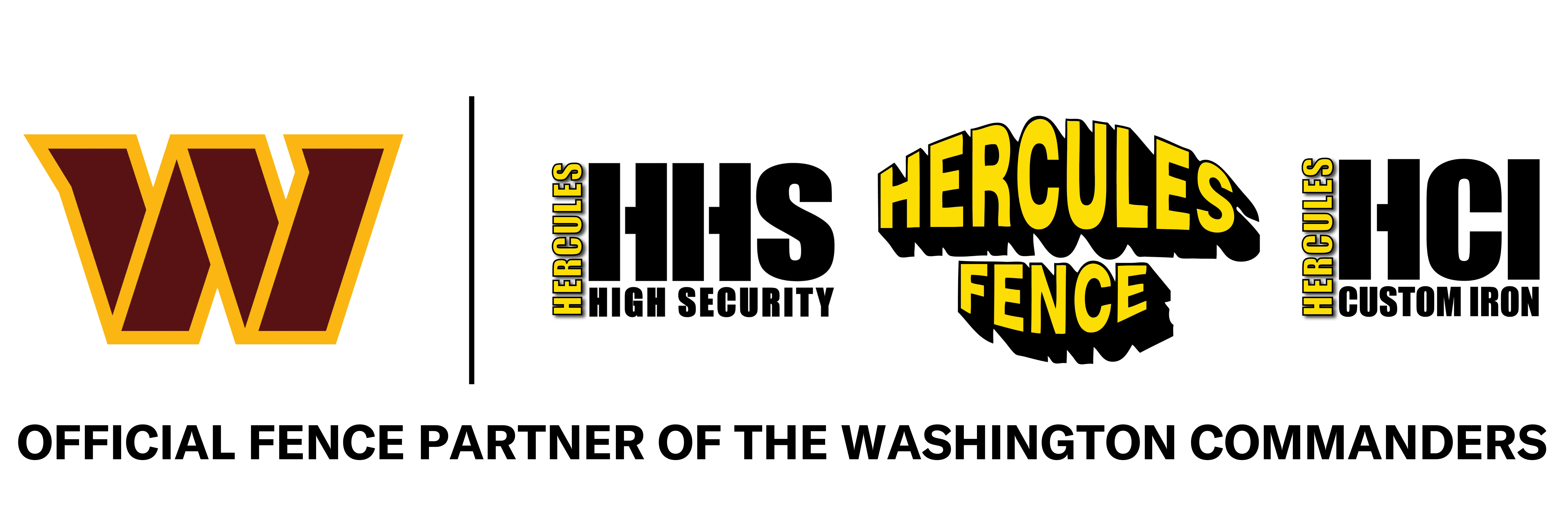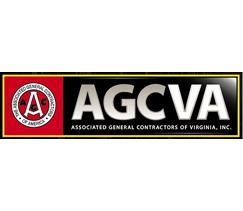Yes, privacy fences provide…privacy, but they also offer much more than that to a homeowner. As this insightful article on Estantres.org explains, there are many benefits to a privacy fence for your home:
1. Noise reduction. Privacy fences create a solid, or nearly solid, wall around your yard which will help deflect sound. If you live on a busy or noisy street, a privacy fence will provide some measure of quieting the din. If you already live in a relatively quiet area, you may find a solid fence will knock down the volume to almost nothing. You can’t cut out all noise, but choose a fence that has few gaps, such as a stockade style, and go for the tallest you can to get the most effective noise reduction.
Posts Tagged ‘residential fence’
-
Benefits of a Privacy Fence
-
Effective Fences
Fence design/style contributes greatly to the overall aesthetic value of your home or place of business. But for the most part, a fences’ appearance is secondary to its overall purpose. After all, most fences are not built as decorations, but rather for a more direct purpose such as security, privacy, to establish borders, or to keep animals in (or out).
-
How To Protect Your Wooden Fence Posts From Rotting
Your new wooden fence looks great now, but if you do not properly maintain it, it will not last very long. Sun, wind and especially water can wreak havoc on your fence. But a little preventative maintenance can go a long way to extend the life of your wooden fence.
-
Timing counts for galvanized fences
Not all galvanized chain-link fences are alike. Among the other factors affecting chain-link wire is whether it was galvanized before or after it was weaved into a mesh fence. The fence could either be, simply, galvanized after weaving (GAW) or galvanized before weaving (GBW). This page explains the difference well.
GAW fencing is coated with zinc after the wire has been woven into mesh and is the most popular option. GBW fencing involves coating the wire with zinc before the mesh is woven from it. With GBW fencing, the ends of the wire where it’s cut are not fully coated whereas all of GAW fencing is coated. There is debate, however, over how much of a difference this distinction makes.
If you’d like to learn more or begin choosing the right fencing for your needs, contact us. We’ll help guide you based on your situation, and then install the fence to your satisfaction.
-
Get the right gate
Like most other aspects of a chain-link fence, you have a few options when it comes to choosing a gate for it. This page summarizes the primary choices you’ll need to consider.
Walk-through or drive-through
This mainly concerns the width of the gate. Will you need to allow a car to drive through the gate or not. Typically, a walk-through gate consists of one panel and will allow a person or possibly a lawnmower to move through it. A drive-through gate usually incorporates two panels that latch in the center.Swing or sliding
A swing gate pivots on a hinge like a door, while a sliding gate operates sliding glass door by moving along the fence. While swing gates appear in either walk-through or drive-through varieties, a sliding gate is almost exclusively used in a drive-through context. Sliding gates are ideal for incorporating electronic opening systems.For all your fencing needs, contact us. He handle gates as well fences, and materials of a kind from chain-link to vinyl to wrought iron to wood.
-
Gateway to a complete fence
Once you have your chain-link fence picked out and designed, it will then be time to turn your attention to the fence gates. The main thing to remember, as this site describes, is that the fabric and framework of the gates should match what you’ve used for the rest of the fence. You’ll have three options to consider.
Bent-frame gates
The rounded corners of these gates make them a very stylish option. However, they can also leave larger gaps between the gates and the rest of the fence. This makes them a little more useful in a residential context.Square-welded gates
Welding adds strength to the frame and the fabric’s connection to it. Although the corners don’t have to be square, an angular shape is more secure. All-in-all the gate is better for security.Aluminum-corner gates
Perhaps the strongest of all gate joints, die-cast aluminum corner pieces will join the gate’s framework together. Because the corner is one solid piece, it’s next to impossible to break.To learn more about these gate options and the different kinds of operating mechanisms, contact us. We’ll make sure you get the fencing and gates that are right for you.
-
Making your fence fit
Continuing our look at chain-link fences, the final component you’ll need to be aware of when buying a fence are the fittings. As this site describes, the fittings are the various hardware pieces that connect the fence fabric to the framework. Because they constitute the weakest link of the fence, the fittings need to be especially strong. Here’s what you need to keep in mind.
Composition
The best fittings are made of die-cast aluminum and steel. They should be hot-dip galvanized for added strength and protection.Coatings
Like the fabric and fence, the fittings should also be coated to prevent corrosion and rusting. They serve to weaken the fittings. Of course if you’ve coated the fabric and framework a certain color, you’ll want to coat the fittings to match.We can help you choose the fabric, framework, and fittings that are right for your situation. We’ll then professionally install it to enhance your privacy and security. Contact us to learn more.









